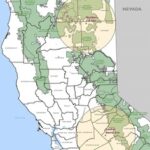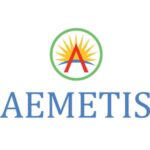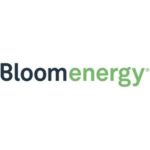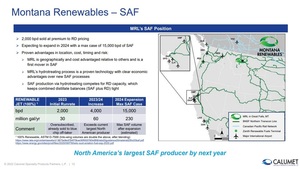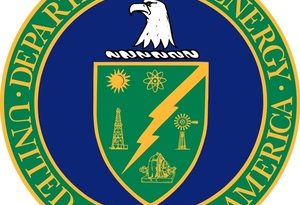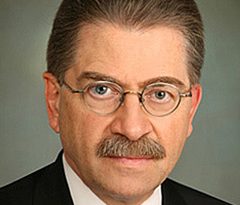CoBank: Incentives spur dairy digester development in California
Energy Disrupter
ADVERTISEMENT
A report issued by CoBank’s Knowledge Exchange on Aug. 5 explains how California’s Low Carbon Fuel Standard and Cap-and-Trade programs have helped successfully spur the development of dairy digester projects within the state.
According to the report, California’s 1.4 million dairy cows are the state’s largest source of methane. In 2017, the state set a goal to reduce dairy manure methane emissions by 40 percent below 2013 levels by 2030. State law currently prohibits methane regulations on dairies and cattle farms until 2024. As a result, California has used a carrot approach to help incentivize the development of on-farm dairy digesters that process manure and generate renewable natural gas (RNG).
The report shows that California’s Dairy Digester Research and Development Program has already awarded more than $183 million in grants for 108 dairy digester projects. In comparison, CoBank cites U.S. EPA data that shows only 255 digesters were operating on U.S. livestock farms as of March 2020.
While digester projects have been used to generate electricity for the past two decades, CoBank said the current low price of electricity means fewer power purchase agreements (PPAs) cover the cost of digester projects. As a result, many digesters are shutting down or converting to RNG. DDRDP data shows only 9 percent of biogas generated in California is currently used for electricity generation, while 91 percent is used to produce RNG.
According to the report, the cost to install a dairy digester varies significantly depending the dairy’s location, size, manure management and existing infrastructure. The price, however, has dropped as technology has improved and competition has increased. CoBank said the average investment for a herd of 2,500 cows is currently $3 million, depending on the manure management equipment already in place. Each additional 1,000 cows reduces the cost-per-cow of digester projects by 15 percent to 20 percent, according to the report. In general, a minimum of 2,000 cows are needed for an on-farm project, but the report said smaller projects might be viable if located near an existing pipeline. In addition, CoBank said the costs to address hydrogen sulfide within the biogas varies widely depending on local air quality regulations. That cost is substantially higher in California and other areas with similarly strict regulations. For smaller herds, CoBank said the high fixed cost of a hydrogen sulfide removal system tends to be the largest barrier to development.
In California, the LCFS is a key component of revenue for dairy digester projects, according to CoBank, noting the average monthly credit price for this year has been around $200 per ton of carbon dioxide equivalent. CoBank also noted that the high value of LCFS credits reduces the incentive for California to put money into grants for dairy digester projects.
CoBank points out that the decision to invest in a digester is not purely an economic one for California dairies. Since the state will have the authority to mandate manure methane emissions reductions starting in 2024, CoBank said using incentive funding now to install a digester that merely breaks even is a wise choice for dairies that could face future penalties for emissions.
A full copy of the report can be downloaded from CoBank’s website.


